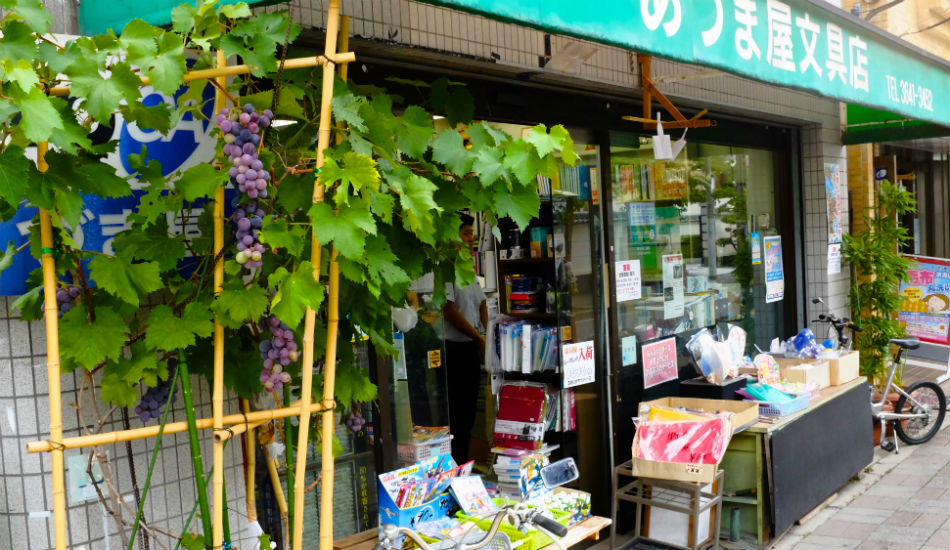“Real Japan”–Not So Hard to Find
Published: August 18, 2017
If you had visiting friends, family or business associates who wanted to experience “the real Japan” where would you send them? One very good place would be the Fukagawa Shiryoukan Dori shotengai (shopping street) which is located just a short walk from Kiyosumi-shirakawa subway station. An ideal guide to this area would be Mr. Toshihiro Wakabe, Chairman of the 110- member shopping street association who is also the sixth-generation proprietor of the Azuma-ya Stationery Store, which dates back to what the Japanese call the 13th year of Taisho, or 1924.
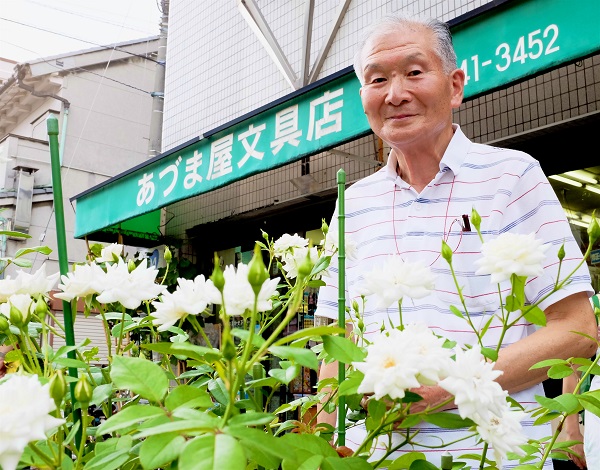
During WWII, Mr. Wakabe and his family moved outside of Tokyo to avoid the bombing. After 3 years they returned and rebuilt their shop. When Mr. Wakabe was a junior high School student, he started to work part-time at the family store. In those days, pencils were priced at ¥5 to ¥10, no small amount in postwar Japan. As time passed, the Japanese economy recovered and prospered, and Mr. Wakabe went to work full time for the sum of around $100 a month.
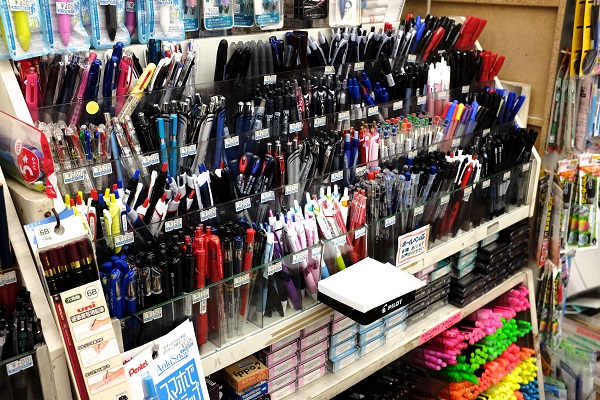
Over the years things improved and the shop prospered. His customers are still mostly local people, but shops like his are facing stiff competition from supermarkets and convenience stores. In the past there were about 30,000 stationery stores in Japan, but the number has fallen by a third to 20,00 shops. Communication with the younger, digitally literate generation is also different, and requires a different approach. What Azuma-ya Stationery Store can offer then, is quality merchandise at reasonable prices and personal service.

In addition to his family-run and family-owned shop (his wife and son also work there), Mr. Wakabe’s passion is the shopping-street association. The association has its own office and runs seminars to teach the locals how to create items for seasonal festivals and how to teach others to do this as well.
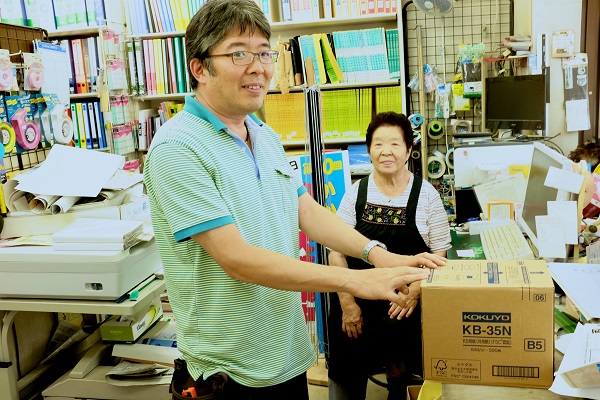
One of the projects that he is proudest of is their support for a group of survivors of the 2011 Tohoku earthquake living in temporary housing. This group makes a stuffed animal called “Ono Kun” that is bought by the association and displayed by every one of its 110 members. The stuffed animal is sold or given away at events, and the proceeds go to help the Tohoku people.
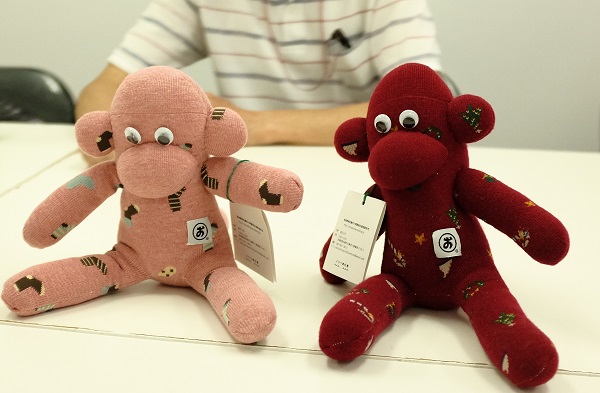
And the future? Mr. Wakabe mentioned no plans for retirement; however, some day his son will be the 7th generation proprietor of the Azuma-ya Stationery Store, and most likely a strong supporter of the association.
Where is the “real Japan” of yesterday, today and tomorrow? It’s in Koto-ku, just a short walk from the Kiyosumi-shirakawa subway station.
Story and Photos by David Parmer

